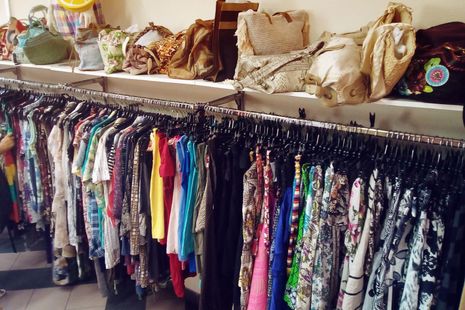“Super cute stunning y2k vintage fairycore maxi dress.” Anyone who has spent time on second-hand clothing apps like Vinted and Depop will have seen numerous posts like this from reseller accounts. Unlike those dimly lit photos of someone’s old prom dress laid out on their bed, these accounts feature clear, glitzy thumbnails often showcasing items on a “model” or mannequin.
They use buzzwords like “y2k” and “vintage” and offer hundreds of similarly styled clothes. As second-hand fashion has boomed, have resellers championed sustainability or contributed to rising prices in charity shops and on second-hand clothing apps? “Second-hand resale apps are increasingly centred on ease of selling rather than buying” Firstly, it’s important to explore clothes from resellers are more expensive. Like brick-and-mortar vintage or antique shops – or even boutique charity shops – you’re paying a premium for curation.

Rather than sifting through piles of tacky t-shirts, buying from a reseller means you can choose from a carefully selected collection of trending clothes. Equally, second-hand resale apps are increasingly centred on ease of selling rather than buying. Vinted was the first to remove mandatory sales fees for sellers, shifting these costs to buyers through the “buyer protection fee”.
This year, both Depop and eBay (albeit just for clothing) have adopted this model. This shift indicates that these apps target consumers willing to endure higher prices.
















